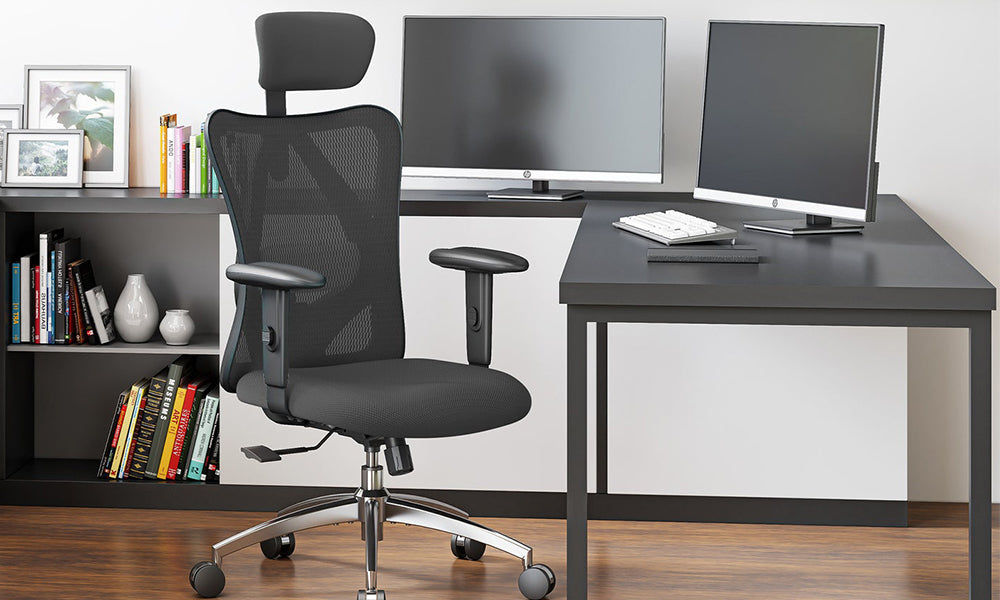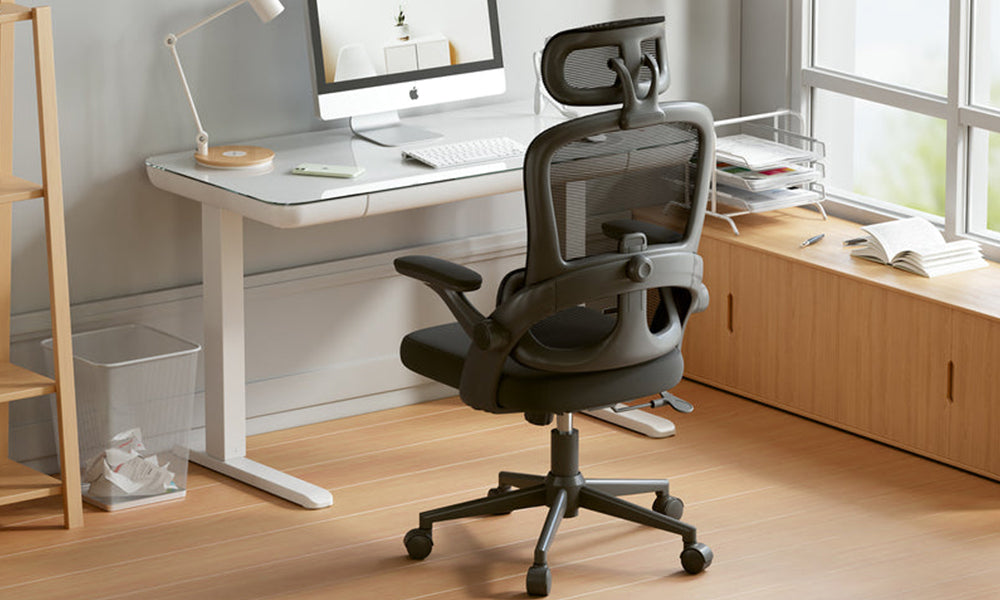In the modern workplace, where sedentary jobs have become the norm, the significance of ergonomic office furniture, particularly chairs, cannot be overstated. Office chairs play a pivotal role in ensuring the comfort, health, and productivity of employees who spend long hours seated at their desks. Understanding the ergonomic functions of office chairs is essential for employers and employees alike to create a conducive and healthy work environment. In this article, we delve into the various ergonomic features that contribute to the comfort and well-being of individuals in office settings.
Adjustable Seat Height: One of the fundamental ergonomic functions of office chairs is adjustable seat height. Employees come in different shapes and sizes, and having the flexibility to adjust the seat height allows individuals to position their feet comfortably on the floor, promoting proper posture and reducing strain on the lower back and legs. Ideally, when seated, individuals should have their feet flat on the floor or on a footrest, with thighs parallel to the ground.
Lumbar Support: Proper support for the lower back is crucial in preventing back pain and discomfort, which are common issues among office workers. Ergonomic office chairs are equipped with adjustable lumbar support, providing adequate support to the natural curve of the spine. This feature helps maintain the spine's alignment and reduces the risk of developing musculoskeletal disorders associated with poor posture.
Adjustable Armrests: Armrests that are adjustable in height and width enable users to find a comfortable position that promotes relaxed shoulders and arms. When properly adjusted, armrests help reduce strain on the shoulders and neck by supporting the weight of the arms, preventing slouching or hunching forward while typing or using the computer.
Seat Depth Adjustment: Office chairs with adjustable seat depth allow users to customize the depth of the seat pan according to their leg length. A seat that is too long can put pressure on the back of the knees, while a seat that is too short may not provide adequate thigh support. Adjustable seat depth ensures that individuals can maintain proper posture with their backs against the chair's backrest while allowing a few inches of space between the edge of the seat and the back of the knees.
Swivel and Mobility: The ability to swivel and move freely within the workspace is another essential ergonomic function of office chairs. Swivel functionality allows users to reach different areas of their workstation without straining or twisting their bodies excessively. Additionally, chairs with smooth-rolling casters facilitate seamless movement, reducing the need for repetitive reaching or stretching.
Breathable and Comfortable Material: Ergonomic office chairs are often designed with breathable mesh or padded fabric to enhance comfort during prolonged sitting. These materials promote air circulation, preventing heat buildup and discomfort, especially during warm weather. Additionally, the cushioning should provide adequate support without being too firm or too soft, ensuring optimal comfort for extended periods.
Tilt Mechanism: A tilt mechanism in office chairs allows users to recline the backrest while maintaining proper support for the spine. This feature encourages dynamic sitting by enabling individuals to change postures throughout the day, reducing the pressure on specific muscles and joints. Some chairs also come with adjustable tension control, allowing users to customize the resistance when reclining to their preference.
Headrest: While not essential for all users, a headrest can provide additional support for the neck and head, particularly during moments of relaxation or contemplation. Adjustable headrests accommodate users of different heights and preferences, promoting proper alignment of the head and neck to reduce strain and fatigue.
Weight Capacity and Stability: Ergonomic office chairs are designed to accommodate various body types and weights while maintaining stability and durability. Chairs with a sturdy frame, reinforced base, and appropriate weight capacity ensure safety and support for users of different sizes without the risk of tipping or structural damage.
User-Friendly Adjustments: Ease of adjustment is paramount in ensuring that users can customize their chairs to meet their ergonomic needs effortlessly. Intuitive controls and accessible adjustment mechanisms empower individuals to make quick changes to their seating position, encouraging active engagement in maintaining proper posture throughout the workday.
In conclusion, the ergonomic functions of office chairs are essential for promoting comfort, health, and productivity in the workplace. By incorporating adjustable features that support proper posture, reduce strain on the body, and encourage movement, ergonomic chairs play a vital role in creating a conducive work environment. Employers should prioritize investing in high-quality ergonomic furniture to safeguard the well-being of their employees and foster a culture of health and productivity in the workplace. Likewise, employees should take advantage of the adjustable features available to them and prioritize ergonomics in their workspace setup to mitigate the risks associated with prolonged sitting. Ultimately, a well-designed ergonomic chairs is not just a piece of furniture but a valuable tool in promoting overall well-being and performance in the modern workplace.






Commenta
Questo sito è protetto da hCaptcha e applica le Norme sulla privacy e i Termini di servizio di hCaptcha.